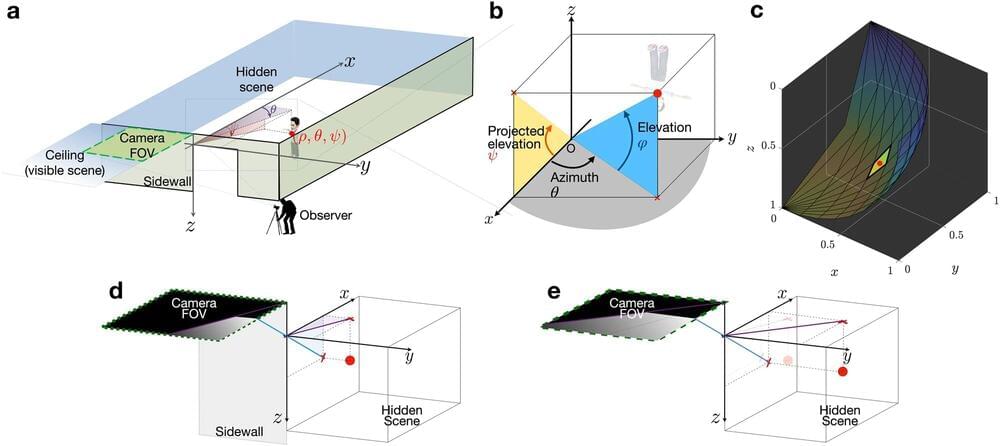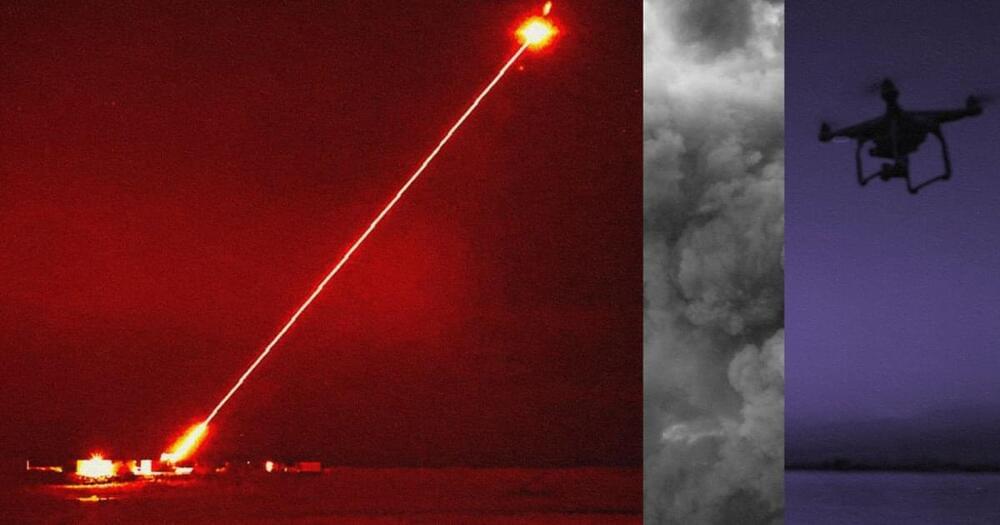Feb 24, 2024
We Need a Far Better Plan for Dealing With Existential Threat
Posted by Zoltan Istvan in categories: biotech/medical, existential risks, food, government, lifeboat, military, robotics/AI
Here’s my latest Opinion piece just out for Newsweek. Check it out! Lifeboat Foundation mentioned.
We need to remember that universal distress we all had when the world started to shut down in March 2020: when not enough ventilators and hospital beds could be found; when food shelves and supplies were scarce; when no COVID-19 vaccines existed. We need to remember because COVID is just one of many different existential risks that can appear out of nowhere, and halt our lives as we know it.
Naturally, I’m glad that the world has carried on with its head high after the pandemic, but I’m also worried that more people didn’t take to heart a longer-term philosophical view that human and earthly life is highly tentative. The best, most practical way to protect ourselves from more existential risks is to try to protect ourselves ahead of time.
Continue reading “We Need a Far Better Plan for Dealing With Existential Threat” »








